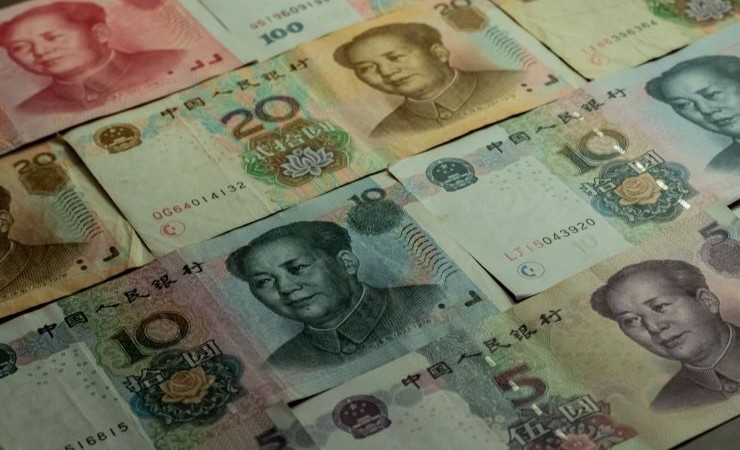The Role of Rhetorical Casuistry in China’s Capitalist Transformation
Professors Yuan Li and Roy Suddaby reflect on their article, “How Institutions Communicate Change: Casuistry and Loosely Coupled Change in China’s Market Transformation,” published in Management Communication Quarterly.
When the first draft of this paper was written back in 2008, some China observers had believed that China’s economy was de facto capitalist. The Chinese Communist Party (CCP) had allowed wealthy entrepreneurs to join the party. The Chinese stock market just had its wildest bull run. Liberal and reform-minded Chinese magazines were discussing sensitive topics. Standup comedians were telling political jokes in popular bars in Beijing. The zeitgeist was that China would become a liberal economy with an open market in the foreseeable future.

China’s transition has differed from former Soviet bloc countries. Whereas those countries renounced communism, China has retained Marxism and its political structure. In other words, China chose contradictions and paradoxes over ideological consistency. However, China’s incrementalist model of economic reform was credited by economists for building a more comprehensive market-oriented economy than the shock therapy model. While economists focus on how elements of the model such as mixed ownership, decentralization, and selective controls are conducive for economic transition, few have explained how the agents of change coped with prevalent paradoxes.
We believe that the unique style of the CCP’s rhetoric in the first two decades of the reform era played a critical role in facilitating what we label as a “loosely coupled change”—changes wherein meanings and practices are weakly connected. To be sure, China’s rhetoric and reality are never completely decoupled; but between zero hypocrisy and total decoupling, a wide space exists in which invented concepts are attached to new practices.
Casuistry has a long history. In the West, casuistry was resurrected by modern rhetoricians as a case-based method that introduces new principles while remaining faithful to old principles, which solves moral dilemmas. In ancient China, casuistry was used in the context of divination and later refers to making impossible decisions about problems that are uncertain, difficult, and confusing.
The CCP utilized casuistry to mitigate Mao’s leftist thoughts, redefine market as consistent with Marxist principles, and justify private ownership. Casuistic phrases and reasonings enabled Chinese to rapidly shift what they perceived as legitimate amidst feelings of shock, rejection, and cynicism. People maintained a sense of order because some core principles were always maintained despite the sea change in rules and practices. The unstable ironies in the CCP’s messages allowed people to associate the same language with multiple and contradictory meanings and thus act swiftly without being paralyzed by irreconcilable ideological differences.

Now, after joining the WTO for more than 20 years, China has not become the liberal market economy that many had expected. This is because they did not recognize China’s casuistry. China has always promised a “socialist” market economy with “socialism” as an equal, if not more central component. With unprecedented growth in Chinese state-owned enterprises and the expansion of state power in the last decade, China has just been stretching it the other way. As a double-edged sword, casuistry can function well, until it is stretched too thin that it breaks. China observers should probably be more worried if China no longer approaches change casuistically.
Casuistry has applications beyond the Chinese case. While many change experts believe in unequivocal communication during change, we suggest that casuistry can be a functional alternative in difficult situations such as when an establishment faces an inevitable reversal of its policies and commitments. Building irony in your message may naturalize tensions and prepare your audience for the necessary changes that are guaranteed to invite resistance. Instead of fighting or suppressing resistance, one might as well let resistance tag along by stretching the language using casuistry.

































































































